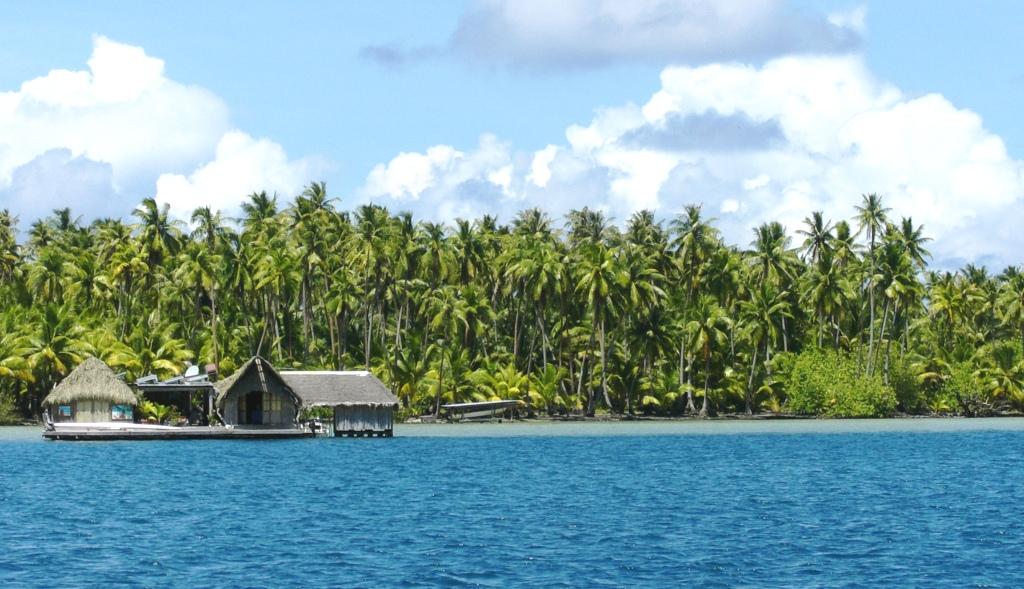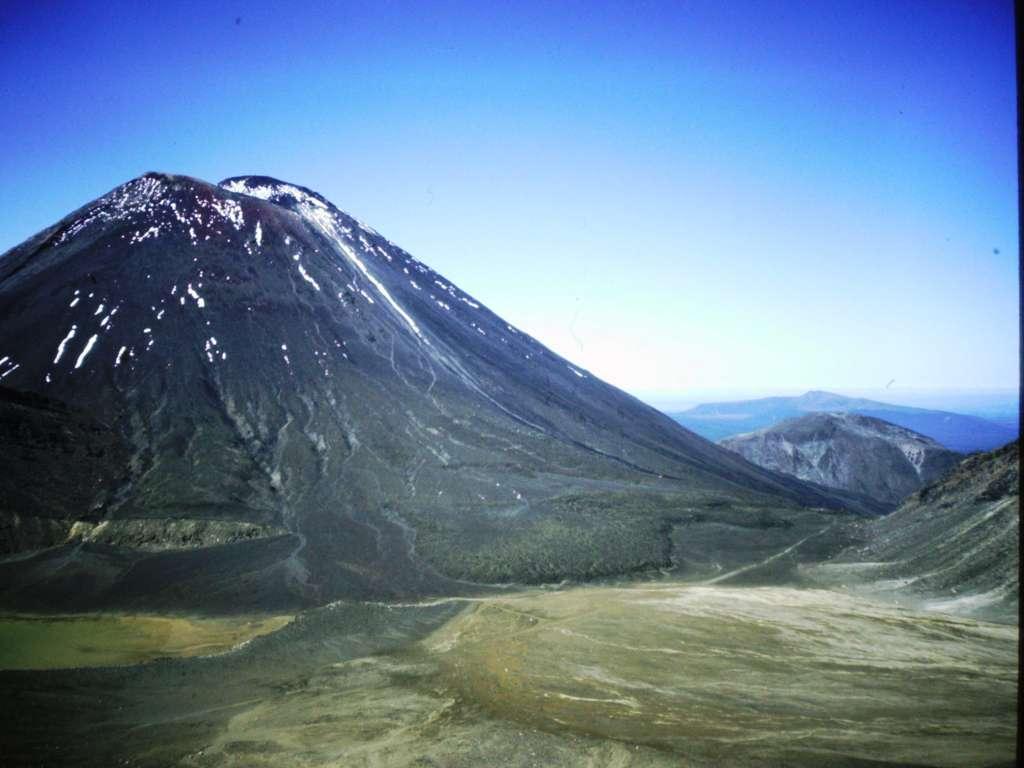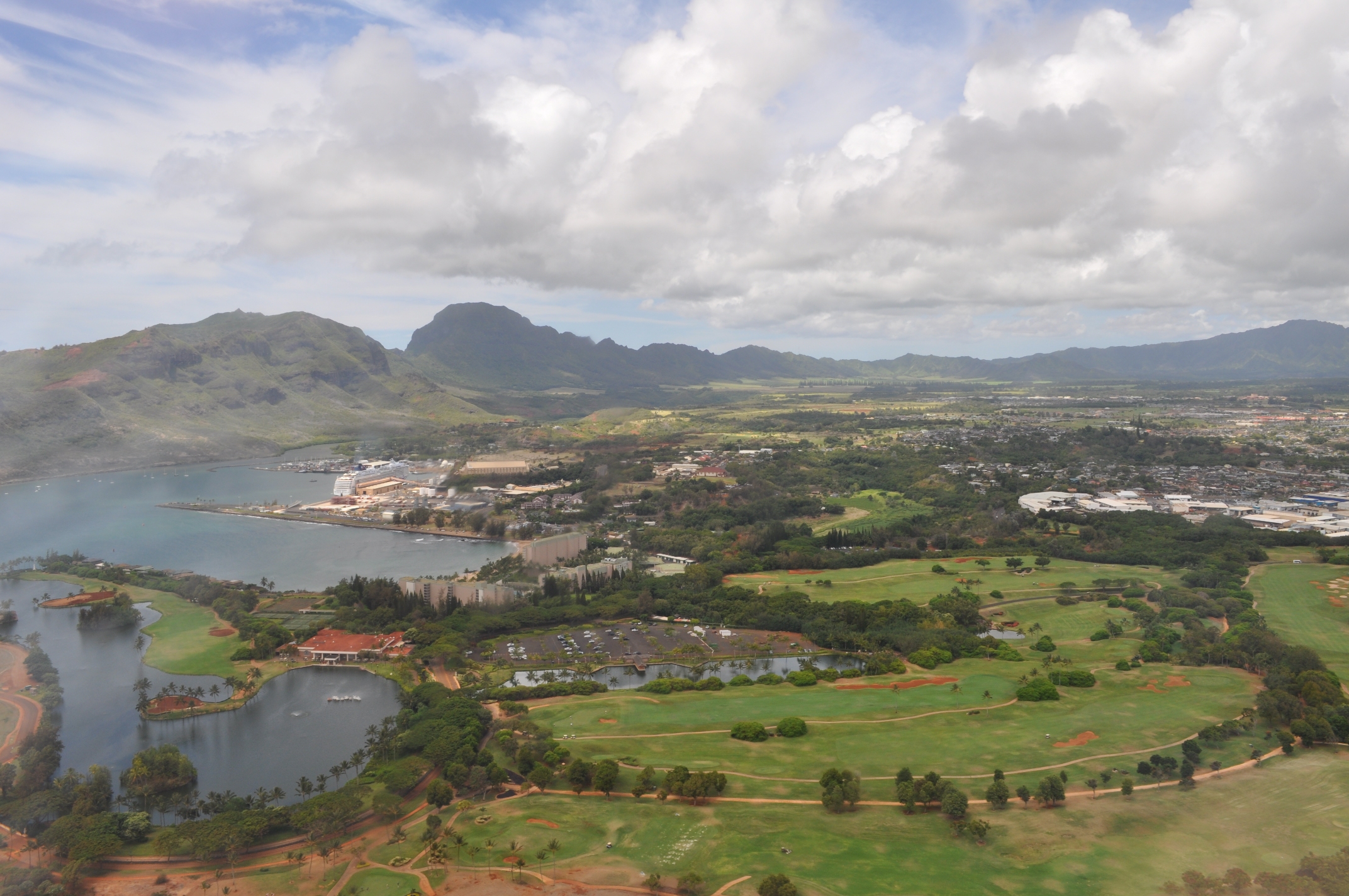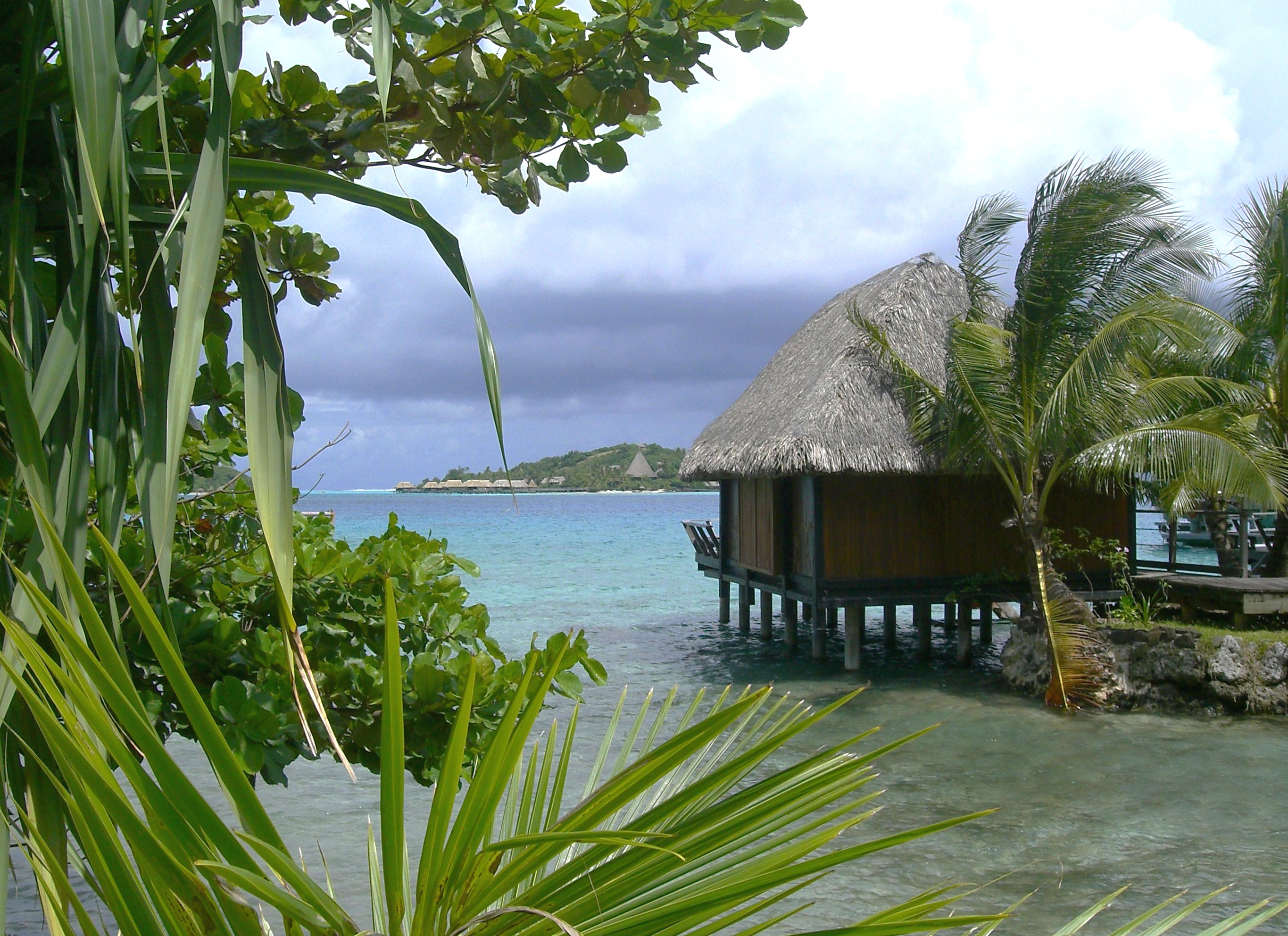In terms of financial parity, I am wearing the down payment for a very nice American home around my neck. The pearls are a deep gray black, each one enormous, each glowing with a tinge of color: aubergine, blue, green, pink, silver. Unfortunately, I have to put them back.
I’ve been making my way through the Musee de la Perle Robert Wan in Tahiti’s capital city of Papeete. The museum, named after a pioneer in the Tahitian black pearl industry, is located on the main drag along the harbor. I’ve been told that if you want to buy pearl in Tahiti, or are just interested in learning more about them, it is a good place to start.
In Your Bucket Because…
- If exotically colored pearls pearls are good enough for Cleopatra, they’re good enough for you.
- You’ll learn first hand about the care, feeding, and culture that goes into creating every pearl on a strand.
- Good for lovers of luxury, those willing to hunt for a good deal, jewelry aficionados, history buffs.
I wander past exhibits on the history of pearl farming, starting with free-divers, and moving through the centuries to today’s careful care and feeding of the cultured pearls that fill both high-end boutiques and shanty tourist shops, I see how shell fragments from Mississippi River clams are used as a bead around which the nacre will grow to form a pearl. I see how finished pearls are graded for quality -– an important lesson for those contemplating a purchase. And I covet.
There are also the “bling” exhibits: displays of copies of the crowns and gowns of royalty, festooned with pearls, the more valuable for having been found “wild” rather than “cultured.”
Lessons in Pearls
Tahitian black pearls are legendary, collected by royalty from Cleopatra to European monarchs. In French Polynesia, pearl prices can range from less than a dollar for a small asymmetrical pearl to many thousands of dollars for a necklace of prime quality gems. A large fine pearl can cost upward — sometimes a lot upward — of $1000. Depending on size and length, it may take 30 – 50 pearls to make a necklaces. You do the math. I wasn’t joking about buying a house.
And of course, there’s a wide variety of pearls and prices in between, and that’s where things get complicated.
You can’t go to French Polynesia and not see pearls. Avoiding them would be like avoiding wine in France or pasta in Italy. But knowing what you’re seeing is tricky. The quality (and therefore price) of black pearls is based on several factors: size, luster, color, shape, thickness of the outer shell, and imperfections. The necklace I tried on had pearls of more than 15 mm, deep luster, vibrant luminescent colors, perfectly round shape, thick outer shells, and no visible imperfections. Cleopatra, one of history’s great lovers of pearls, would not have turned her nose up at this necklace.
However, like most tourists, I couldn’t afford to put the downpayment on a house for a souvenir, no matter how beautiful. There were plenty of other choices, but I decided to shop around a little, feeling sure I’d find my perfect pearl somewhere between the shanty-town shacks that line the cruise ship piers and the glitzier shops in Bora Bora, Moorea, and Papeete.
Visiting a Pearl Farm
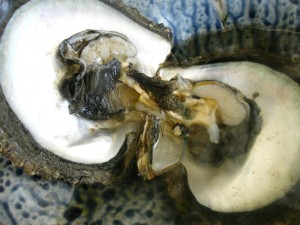
The museum in Papeete was informative, and the boutiques had plenty of eye candy, but to learn more, I joined a tour to visit a pearl farm on the island of Raitea. It was little more than a tippy wooden platform in the middle of a picturesque bay. We arrived via a small boat, hopped onto the dock, and watched every step of the process. Technicians using almost surgical precision inserted the mantle, which acts as an irritant that precipitates the growth of a protective covering that will become a pearl. Small beads made from mollusk shells (those Mississippi clams being preferred) are also inserted to give the nacre something to grow around. After growing, the beads, now covered with nacre, can be removed and reinserted, once or twice, to encourage the development of more layers of nacre and bigger pearls. In between, the oysters are returned to the sea, in carefully designated areas.
Color is partly the result of the genetics of the oyster, and it’s partly the result of happenstance: how the oyster reacts to the irritant, how thick the outer layer of the pearl is, the nutrients in the ocean. To see a pearl’s true color, we looked into styrofoam cups because white styrofoam is not reflective. We saw pearls that were black and pink, or black and aubergine, or black and green, or even black and yellow, blue, or silver. Some were multi-hued, in the trade, called “rainbow.”
The tour ended — where else? — at the small gift shop. And yes, a necklace here matched my budget.
Practicalities
Pearl farm tours can be arranged through most hotels, or by chatting up vendors at the pearl stands. Cruise ship passengers on Princess and Regent (the two major two cruise lines operating in French Polynesia) will also find pearl farm tours among their shore excursion choices.
For buying casual souvenirs, the best deals are at the pearl farms and at the table-top shops right next to the piers. Take time to walk around a little to get a feel for the variety of shops and merchandise. In Papeete, Tahiti, you’ll find most of the higher-end boutiques on the main drag along the waterfront. Bora Bora also has a wide variety of shops near the port. Ask for a “discount.” Haggling is not generally acceptable in French Polynesian stores, but a polite request for a discount often is. Keep the receipt and be sure you get a TVA form, which is used to apply for a refund of the value added tax (TVA) when leaving the country.
